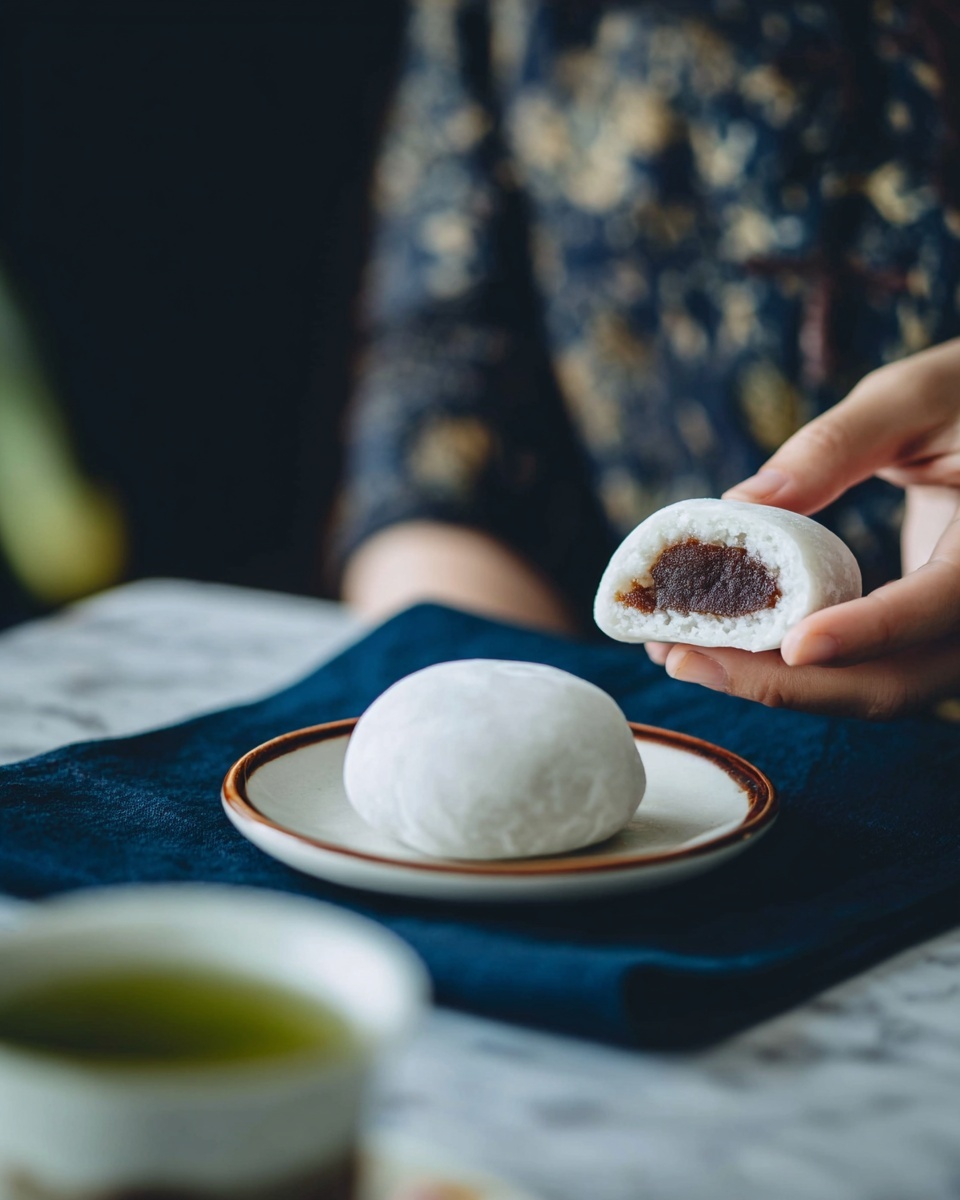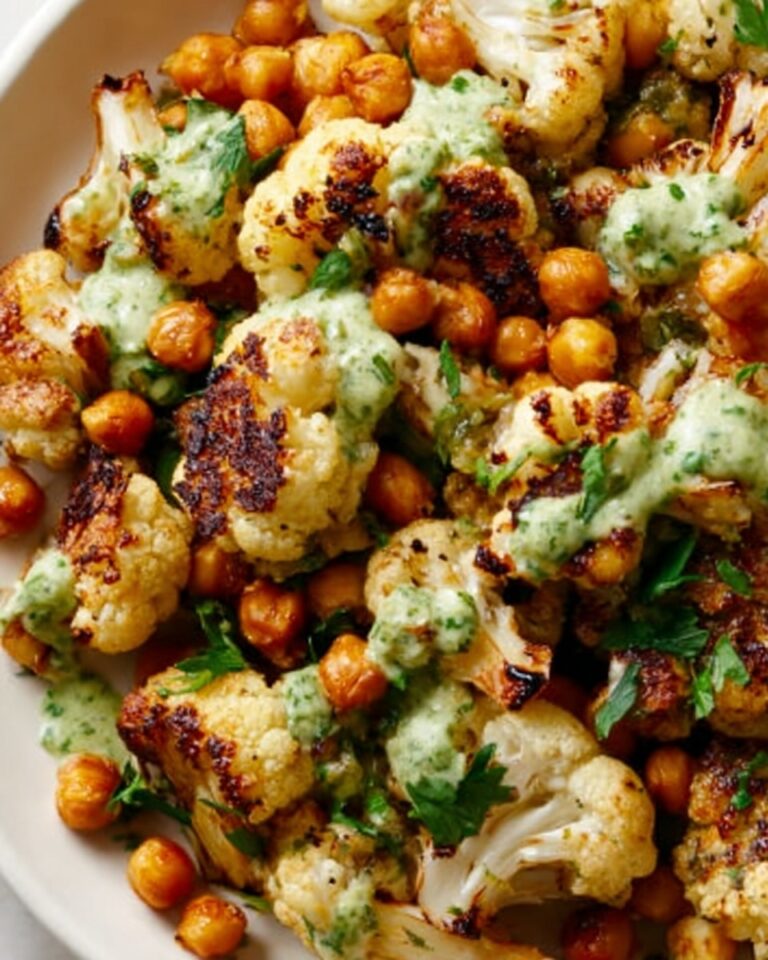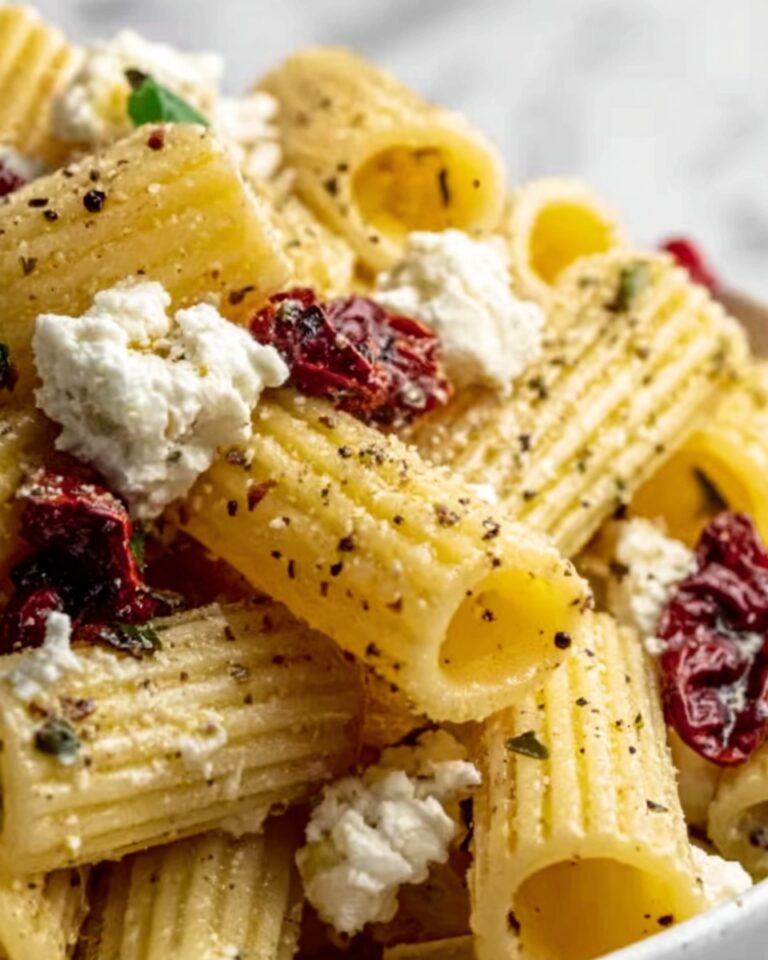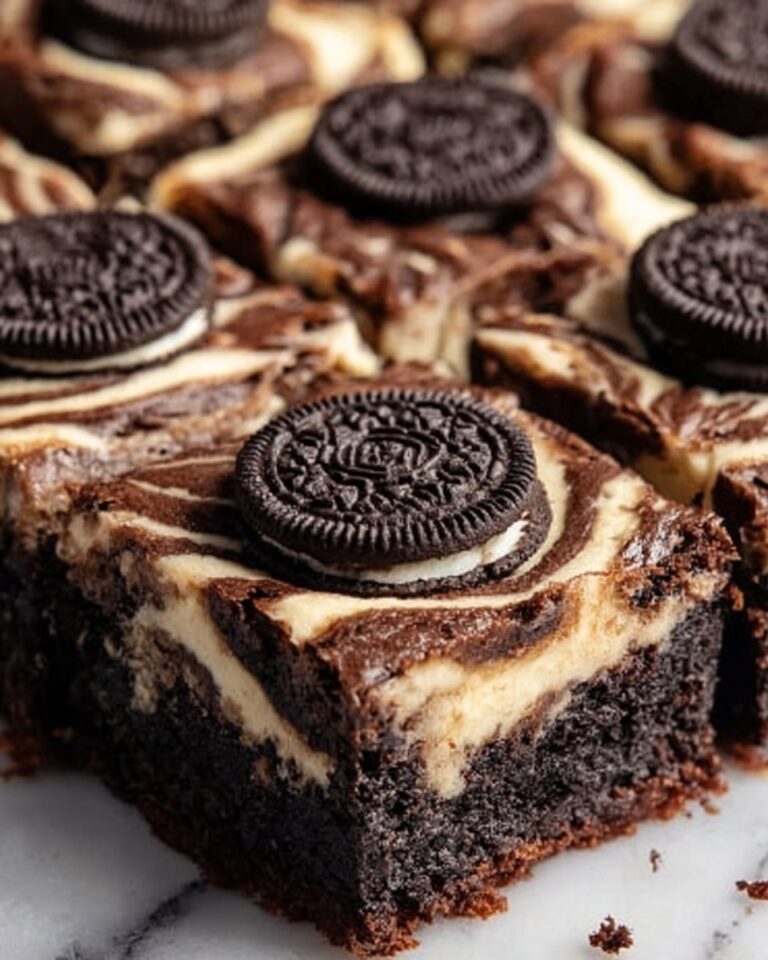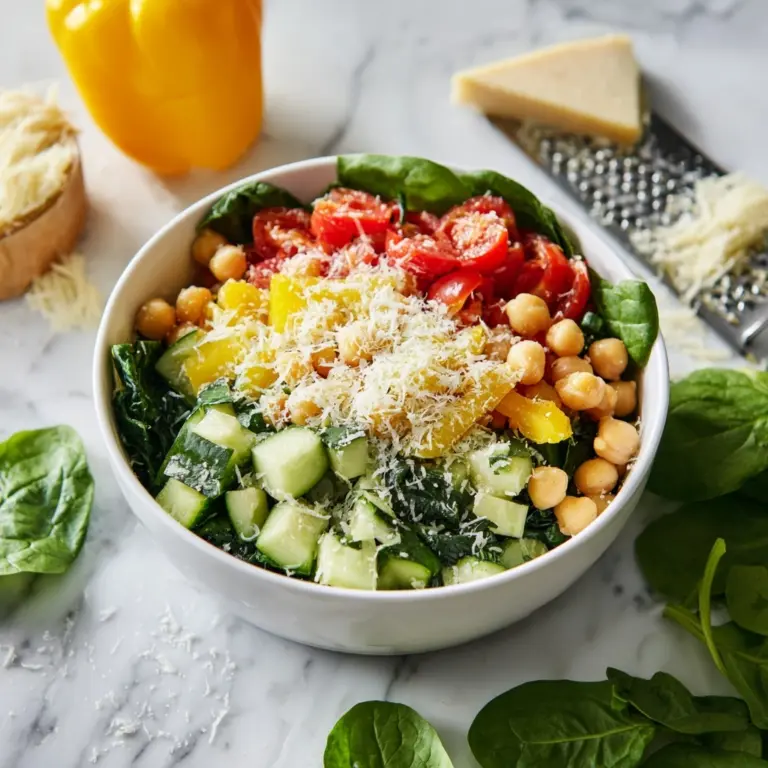If you have ever found yourself unable to stop at just one bite of mochi, you are not alone. The secret lies in understanding Why Mochi is so Addictive?: The Science Behind Its Allure Recipe. This delightful Japanese treat combines a uniquely chewy texture, subtle sweetness, and deep cultural connections that engage both your senses and your brain in a perfect, irresistible dance. From the sticky glutinous rice to the dopamine-releasing starch and sugar combination, mochi’s magic is a fascinating blend of science and tradition that makes it truly captivating.
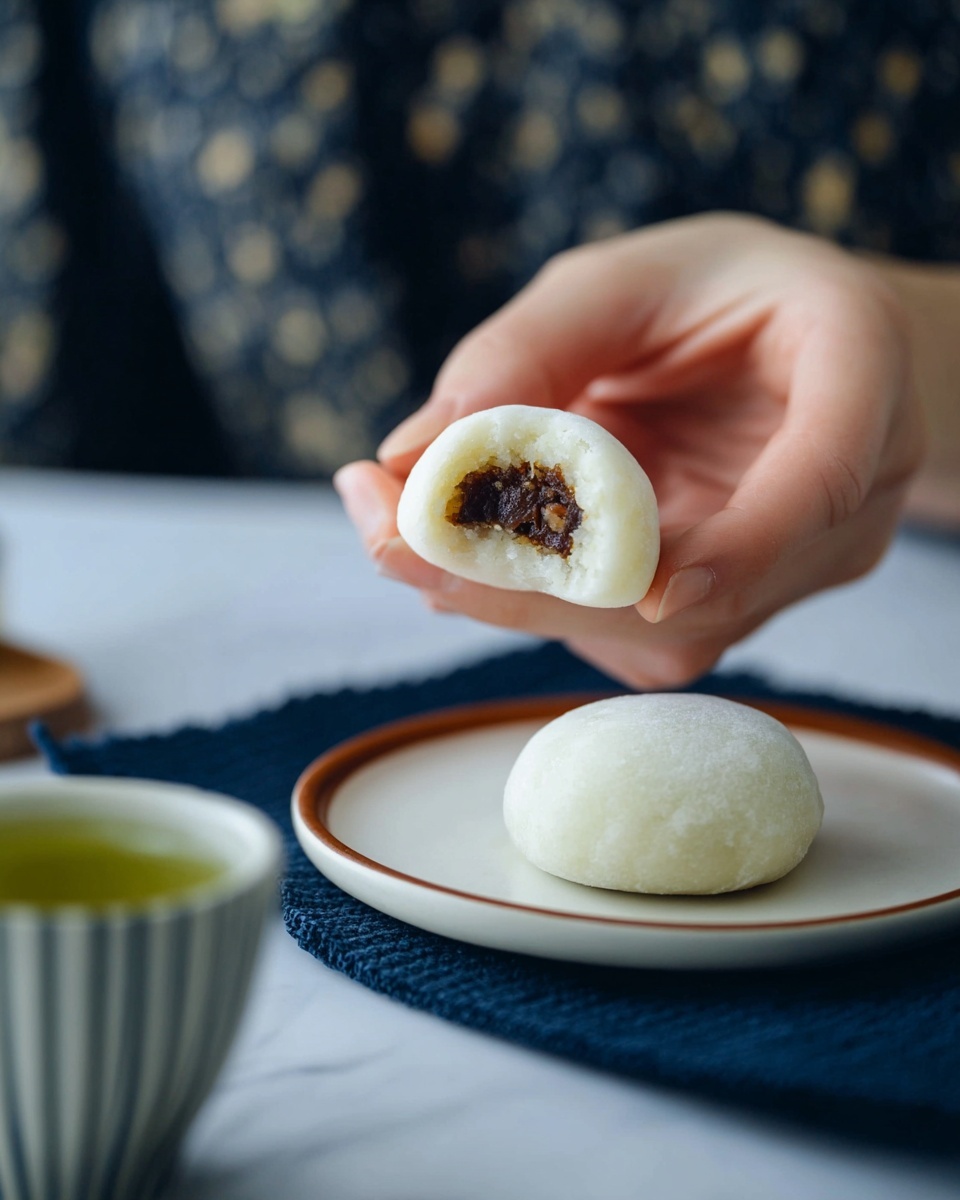
Ingredients You’ll Need
While this article focuses on the science and appreciation behind mochi rather than a strict step-by-step cooking guide, understanding the simple but essential ingredients helps you appreciate how each one contributes to mochi’s irresistible charm.
- Sweet glutinous rice (mochigome): The star ingredient providing mochi’s signature stretchiness and chewy texture that keeps you coming back for more.
- Water: Essential for hydrating the rice and achieving the perfect dough consistency that is soft but holds together well.
- Sugar: Adds a delicate sweetness that balances mochi’s subtle flavors without overwhelming the palate.
- Cornstarch (for dusting): Prevents sticking and keeps each piece of mochi soft and easy to handle.
- Optional fillings like red bean paste or ice cream: These provide contrast and depth in flavor, enhancing mochi’s appeal with rich, sweet complements.
How to Make Why Mochi is so Addictive?: The Science Behind Its Allure Recipe
Step 1: Understanding the Unique Texture
The chewy, stretchy texture known as “mochi mochi” is central to its addictive nature. This comes from the high amylopectin content in glutinous rice. When cooked and pounded, this starch creates a sticky, elastic consistency that keeps your jaw engaged and your brain rewarded. It’s a sensation similar to enjoying chewy candies or al dente pasta, but mochi’s softness makes the experience uniquely delightful.
Step 2: Balancing Flavors for Maximum Enjoyment
Mochi’s mild sweetness sets the stage for pairing with more intense flavors like red bean paste, green tea matcha, or creamy ice cream. This balance prevents sensory fatigue, inviting you to keep tasting without overwhelming your taste buds. The subtle flavor allows your palate to appreciate every element in harmony.
Step 3: The Emotional and Cultural Pull
More than texture and taste, mochi evokes feelings of comfort, nostalgia, and cultural celebration. These emotional ties increase your desire for mochi beyond just flavor satisfaction. Small, bite-sized portions add to the appeal, making it feel light and harmless to indulge, encouraging you to reach for another piece.
Step 4: The Brain Chemistry Behind the Addiction
When you eat mochi, the combination of sugar and starch stimulates dopamine release, the brain’s “feel-good” neurotransmitter. This not only makes eating mochi enjoyable but reinforces the desire to continue eating. This perfect storm of brain chemistry, texture, and flavor makes mochi truly irresistible.
How to Serve Why Mochi is so Addictive?: The Science Behind Its Allure Recipe
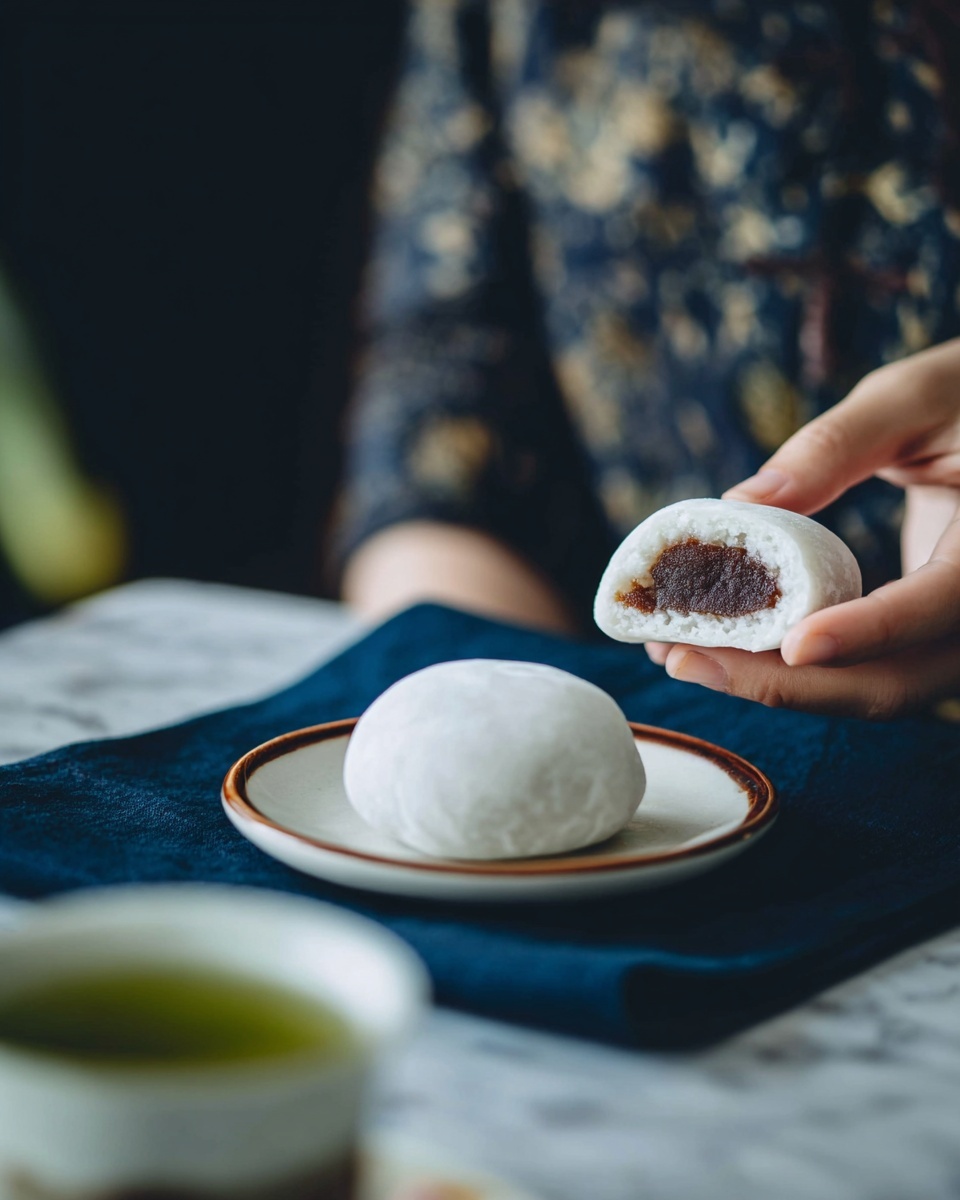
Garnishes
Adding a light dusting of toasted soybean flour (kinako) or a sprinkle of matcha powder can accentuate mochi’s subtle sweetness and provide a delightful contrast in flavor and texture. These garnishes highlight mochi’s versatility in a gentle, sophisticated way.
Side Dishes
Mochi pairs beautifully with bitter green tea, which cuts through the sweetness and refreshes the palate. It also complements fruits like fresh strawberries or citrus segments, which add juiciness and a bright note to every bite.
Creative Ways to Present
Try wrapping mochi around scoops of ice cream for a cold, creamy contrast to the sticky chewiness. Layering thin slices of fresh fruit between mochi pieces creates colorful, tantalizing treats perfect for gatherings or celebrations. These playful presentations make mochi even more engaging.
Make Ahead and Storage
Storing Leftovers
Mochi is best enjoyed fresh but can be stored in an airtight container at room temperature for a day or two. Beyond that, it will begin to harden. To keep it soft, wrap tightly with plastic wrap to minimize exposure to air.
Freezing
Freezing mochi works well, especially with fillings like ice cream. Wrap each piece individually in plastic wrap, then place them in an airtight container or resealable bag. When ready to eat, thaw at room temperature for 10-15 minutes for optimal softness.
Reheating
To revive leftover mochi, gently microwave it wrapped in a damp paper towel for around 10-15 seconds. This adds moisture back into the mochi, restoring its chewiness without drying it out.
FAQs
What makes mochi so different from regular rice cakes?
Mochi is made from glutinous rice that is steamed and pounded into a sticky, stretchy dough. This high amylopectin content creates its signature chewy texture, very different from the firmer, crumblier consistency of typical rice cakes.
Is mochi safe to eat for everyone?
Mochi’s sticky, dense texture can pose a choking risk, especially for young children and older adults. It’s important to chew thoroughly and eat in small bites to enjoy it safely.
Can I make mochi at home without special equipment?
Yes! While traditional mochi pounding requires special tools, many home cooks use microwaving or steaming methods with glutinous rice flour for a similar chewy texture without the heavy labor.
Does mochi have many calories?
Mochi itself is moderately calorie-dense due to its starch and sugar content. When combined with rich fillings like ice cream or sweet pastes, the calorie count can increase, so enjoying it in moderation is a good idea.
Why do people find mochi so addictive?
The unique combination of chewy texture, mild sweetness, cultural comfort, and dopamine-stimulating starch-sugar blend all work together to make mochi highly appealing and often addictive. It’s a perfect harmony of sensory and emotional satisfaction.
Final Thoughts
I absolutely encourage you to dive into the world of mochi with open arms and an eager palate. Understanding Why Mochi is so Addictive?: The Science Behind Its Allure Recipe not only deepens your appreciation for this wonderful treat but might just explain why you can never stop at one. Whether you enjoy it plain, filled, or garnished, mochi offers a joyous experience that touches more than just your taste buds—it’s truly a celebration of texture, flavor, and culture all in one bite.
Print
Why Mochi is so Addictive?: The Science Behind Its Allure Recipe
- Prep Time: N/A
- Cook Time: N/A
- Total Time: N/A
- Yield: N/A
- Category: Snack Insight
- Method: No-Cook
- Cuisine: Japanese
- Diet: Vegetarian
Description
Explore the irresistible allure of mochi, a traditional Japanese sweet made from glutinous rice. This article delves into the unique chewy texture, mild sweetness, and cultural significance that make mochi so addictive. Learn how its distinctive mouthfeel, flavor balance, and psychological appeal work together to create a satisfying treat that’s hard to stop eating.
Ingredients
Basic Mochi Ingredients
- Sweet glutinous rice (mochigome) – for the base
- Water – to hydrate the rice
- Sugar – for mild sweetness
- Cornstarch – for dusting to prevent stickiness
- Optional fillings (such as red bean paste or ice cream) – for added flavor and texture
Instructions
- Understand the texture: Mochi’s signature chewy and stretchy texture, known as ‘mochi mochi,’ is created by the high amylopectin content in glutinous rice, which provides a sticky yet soft mouthfeel that engages sensory pleasure centers.
- Appreciate the flavor pairing: Its mild sweetness makes mochi a perfect canvas for richer fillings like red bean paste, matcha, or ice cream, balancing subtle and strong flavors to keep the palate interested.
- Consider cultural significance: Mochi often carries emotional and traditional value, enhancing the eating experience by triggering associations with comfort and celebration.
- Recognize portion size impact: The small, bite-sized nature of mochi encourages continued eating by seeming light and harmless, which can lead to overconsumption.
- Note neurological effects: The sugar and starch combination stimulates dopamine release in the brain, reinforcing the desire for more and making mochi particularly addictive.
Notes
- Consume mochi in moderation due to its sticky texture, which can pose a choking hazard if not chewed thoroughly.
- Be aware that mochi can be calorie-dense, especially when filled with sugary ingredients or ice cream.

